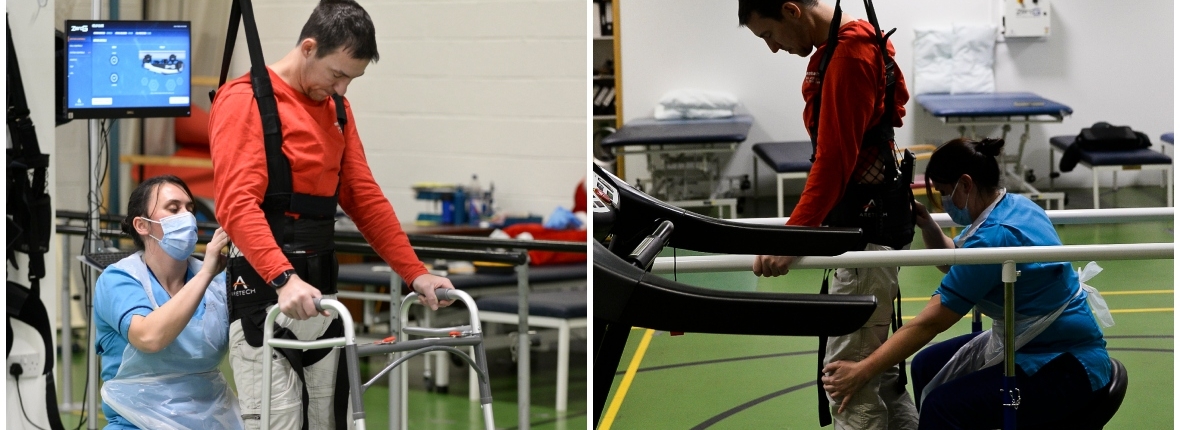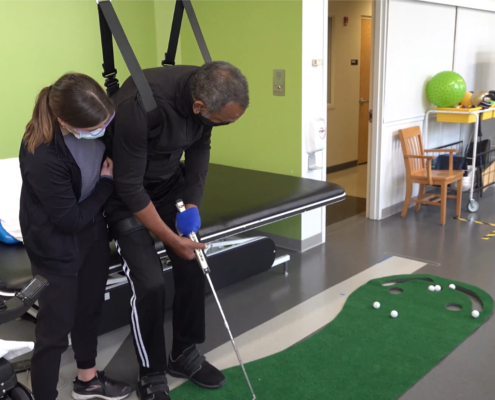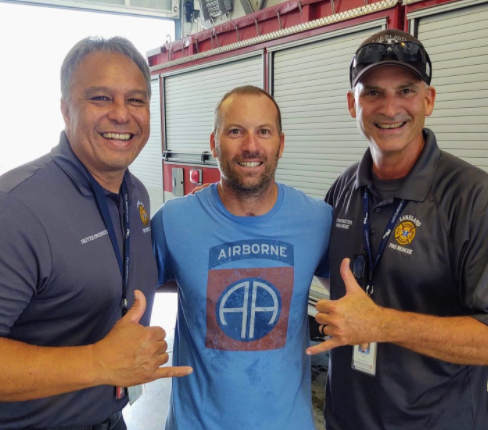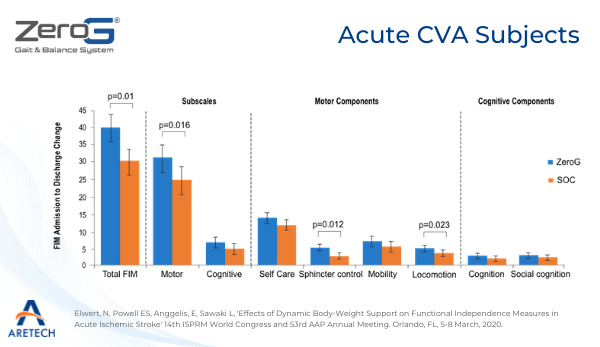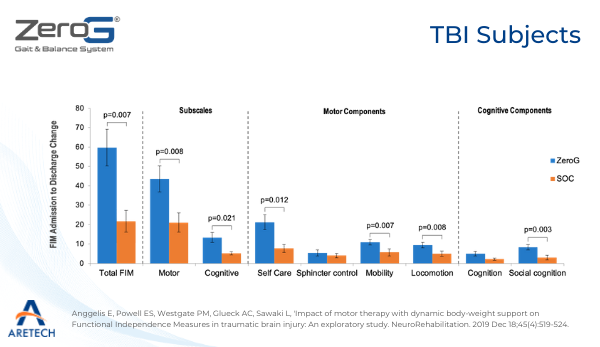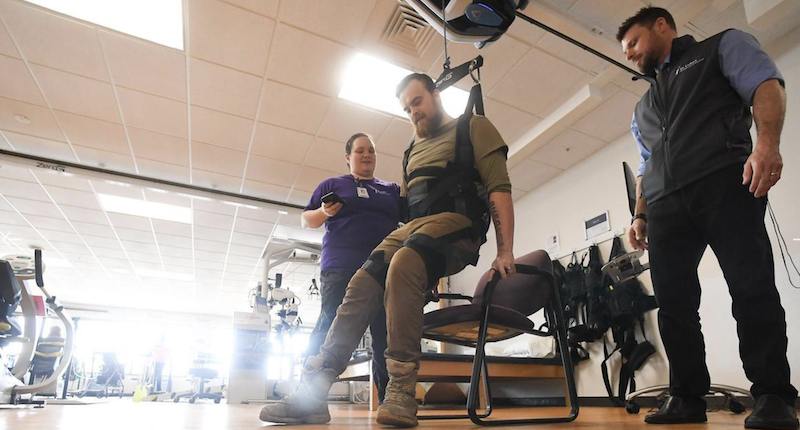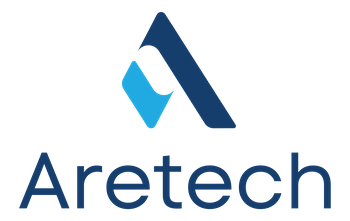Using ZeroG after a Spinal Cord Stroke
Source: Lincoln Journal Star
The gym is a familiar place to Francis “Tito” Vigan, a personal trainer and nutrition coach. For the past 10 years, he’s spent much of his time prepping for bodybuilding competitions.
But on March 6, his 34th birthday, his usual morning workout flipped his world upside down. He was training for a competition and during his first exercise of bent-over rows, he felt a burning sensation in his lower back. Thinking he had torn something, Vigan went to stretch to ease the discomfort. “I thought if I stretched it, it would just go away,” Vigan said. “It didn’t go away, the burning sensation just got stronger and stronger with every minute that passed by.” Soon, he couldn’t feel his ankles anymore and was unable to bend his knees, eventually becoming paralyzed from the waist down. Vigan said it took about five days before doctors figured out that he’d had a rare stroke in his spinal cord.
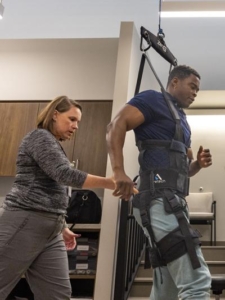
Francis “Tito” Vigan walking in ZeroG.
“Sometimes it feels longer to me, but the truth is, it hasn’t been that long,” Vigan said.
Kelly Billings, his physical therapist, said his transition time has fallen within the typical timeframe of 30 to 60 days. However, his physical progress is where he thrives “because of his effort and motivation. He comes in and every week he’s got a new skill or he can show me something new he learned from therapy,” Billings said. “He does amazing. He takes what we do in therapy and takes that home and practices so he can come and we can just advance his skills every week.”
Billings has been working at Madonna for seven years and has worked with Vigan since he began outpatient rehabilitation in June.
“This is the meat of what we do for therapy,” Billings said. “We love seeing patients progress and that’s what we’re in this for.”
Vigan has gone from wheelchair to walker to crutches and now a single cane. In addition to the physical therapists helping Vigan rebuild muscles, he has been partaking in aquatic therapy to enhance balance and coordination. Specialized technology has been helping as well including a Lokomat robotic gait trainer, Aretech ZeroG harness and a SportsArt motorized elliptical.
The ZeroG harness allows Vigan to walk without holding on for support. Billings said it is more difficult than aquatic therapy. Utilizing the harness, Vigan can complete several exercises including walking, high knees and lunges. “I used to love lunges before the accident,” Vigan said. It’s not quite the workout that Vigan had grown to expect, but he said he likes to work hard. “You get what you put in, so I’m always invested 100%,” Vigan said.
Vigan has been cleared to return to the gym and has been taking it lightly for the past three weeks. He has also been cleared to drive again and has been driving himself to each therapy session. We’re just getting started,” Vigan said. “Down the road, I might be back again and running if I can. I’ll push myself to do that.”
Through it all, Vigan’s determination has stayed strong, which has been evident to those around him. A fellow patient, Venito Taylor, knew Vigan from the gym for the past several years. Taylor said that Vigan has always been a positive person. “He’s a trainer, so he’s always upbeat,” Taylor said. “He always has a good attitude and inspires his clients and people that worked out with him.”
Back home, he has two daughters. Vigan said he always tells them to not give up. “When you start something, you gotta finish it,” Vigan said. “This is, for me, a good example to not just tell them what to do, but to live through it.” Vigan isn’t sure what his future holds or if he will ever return to the life he used to know, but one thing he is sure of is that he wants to spend time with his daughters.
“That is the one thing that I’ve been working hard for, to be able to get back on my feet again and play with them,” Vigan said. “When I come here, I work hard so I can make that happen.”
His advice for others is to “do what you can do” and “don’t give up on yourself.”
“Just because today’s harder doesn’t mean tomorrow isn’t going to be better,” Vigan said.

